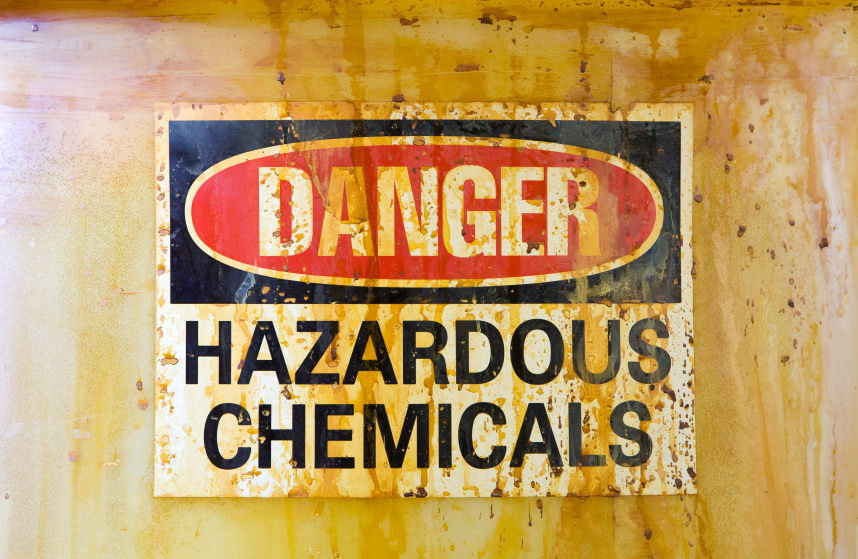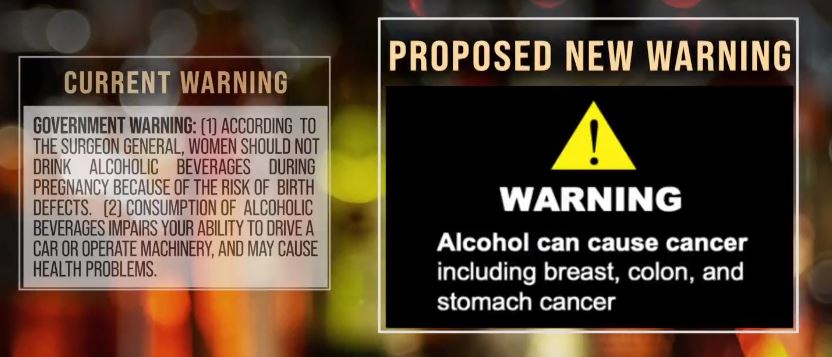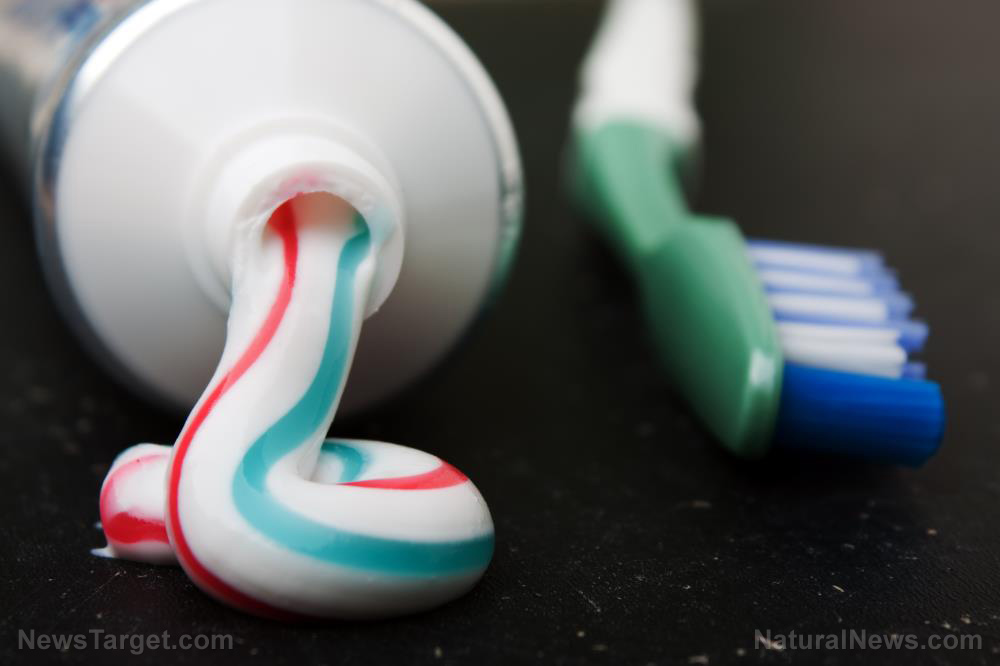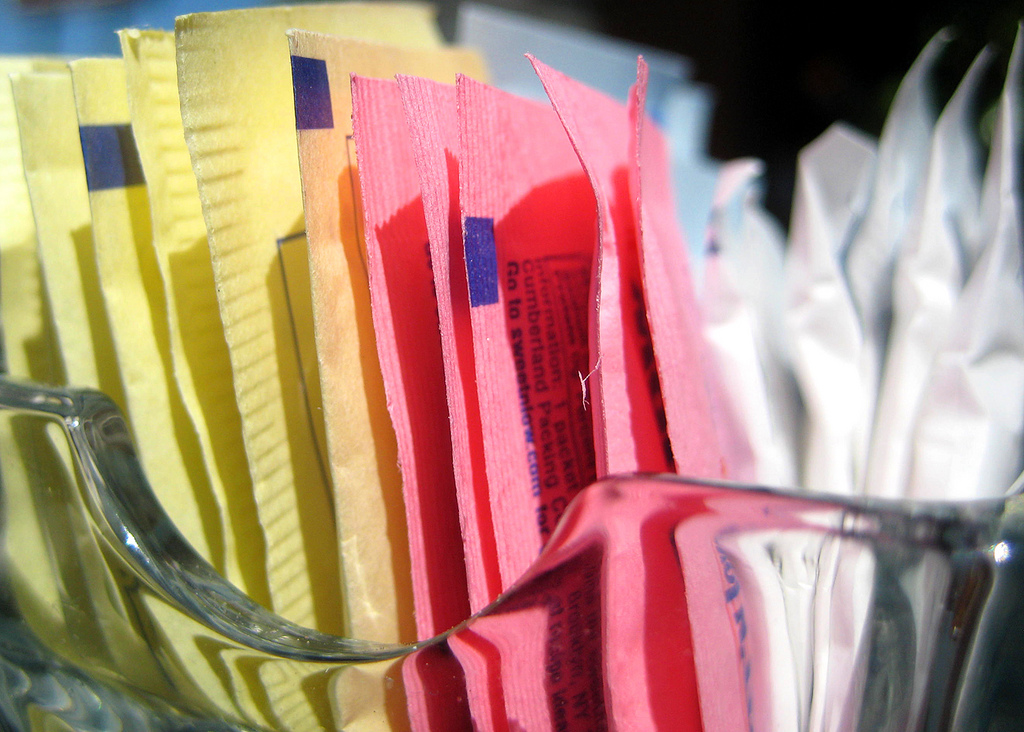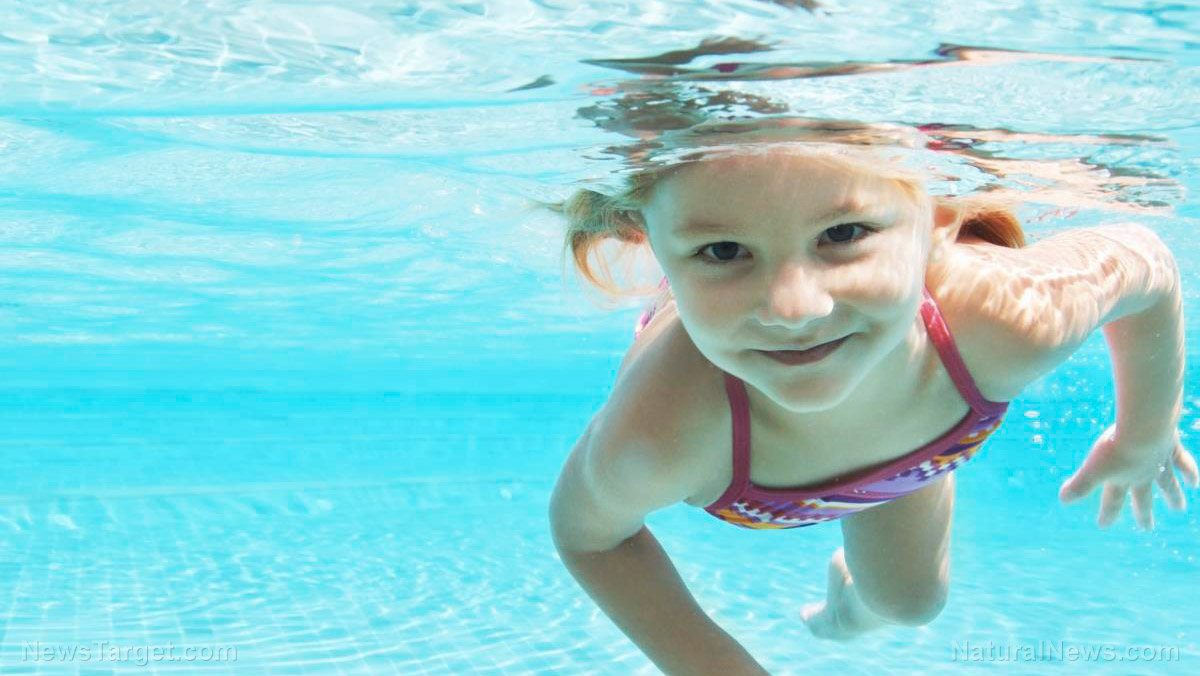
Researchers from Lomonosov Moscow State University have discovered that the world’s most popular active sunscreen ingredient, avobenzone, breaks down into something far more sinister in chlorinated water. Two of the chemicals it produces upon mixing with the water, phenols and acetyl benzenes, are of particular concern because of their toxicity. This reaction takes place on your wet skin when the sunscreen reacts to UV radiation and chlorinated water, and the chemicals have been linked to problems like immune system damage, infertility, and cancer.
In swimming pools that use copper salts to make the water look blue, this reaction is even worse. In that case, the sunscreen can break down into bromoform, a substance that has been linked to nervous system disorders, liver problems, and kidney problems.
In addition to sunscreen, avobenzone is often used in moisturizers, creams and lipsticks that offer SPF.
Should you avoid avobenzone?
While there are still some unanswered questions about how far-reaching the effects of this reaction are, it is enough to warrant concern.
University of Kansas Health System Dermatologist Daniel Aires told the Kansas City Star: “It can degrade into some very harmful compounds, some of which are known carcinogens. What isn’t known is how much is absorbed into the skin, or if it’s to a level that can cause, or potentially increase, the risk of cancer. But this is certainly alarming.”
He added that people should be particularly cautious when it comes to using this type of sunscreen on young children, who might absentmindedly ingest the chemicals, for example, by licking their arms after swimming.
The scientists are now looking into how avobenzone breaks down in freshwater and sea water to see if similar dangers exist.
Safer sun protection
If you’re concerned about having safe sun protection, a physical sunblock like zinc oxide is a much safer bet. The Environmental Working Group has a comprehensive searchable database of sunscreens on their website. You can find out which ingredients are in many popular sunscreens and view assessments of the dangers they pose to help you find a sunscreen that won’t put your health at risk.
You might also consider foregoing sunscreen if you’ll just be outside for a short time. Spending 15 to 20 minutes outdoors is all it takes to help most people’s bodies produce an adequate amount of Vitamin D, which can help protect against many types of cancer. It can also help to reverse vitamin D deficiency, which affects a disproportionate number of Americans and has been linked to diabetes, cancer, kidney disease, heart disease, obesity, and depression. Sunscreen actually blocks your skin’s production of vitamin D, making deficiencies worse. If you’ll be outdoors for a long time, you should still protect your skin, but you might want to first allow yourself some unprotected exposure so you can boost your Vitamin D production.
You can also turn to your diet to help build up your body’s natural sun resistance. Eating natural antioxidants has been shown to help your skin resist sunburn, so stock up on berries and other antioxidant-rich foods.
It’s a bit disconcerting to learn that something that is supposed to protect you can actually have the opposite effect, but it’s important to be aware of these situations so you do not have a false sense of security. Many sunscreens contain toxic chemicals, and now it appears that swimming pools can make them even more toxic.
Sources include:
Please contact us for more information.
















